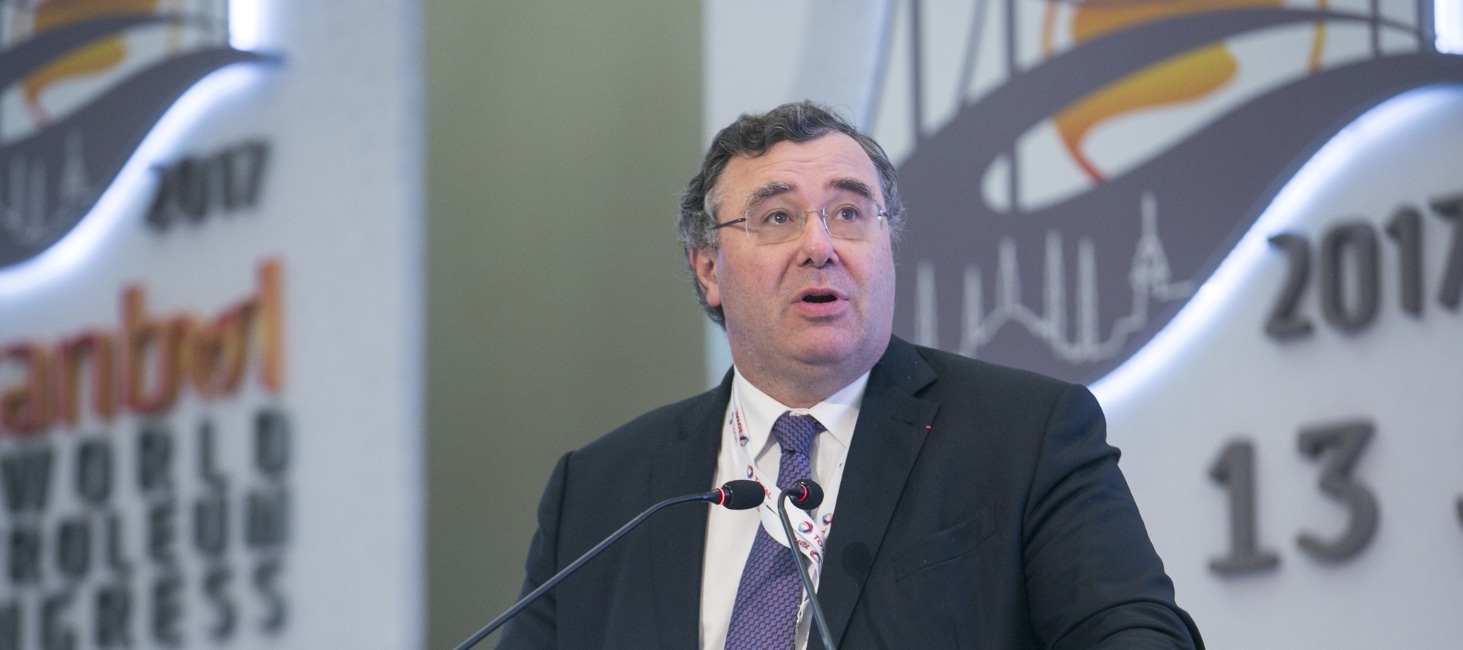In March 2023, the European Central Bank published its first climate-related disclosures on non-monetary policy portfolios. The report shows that the ECB continues to invest in heavily polluting issuers and does not have a concrete plan to decarbonize its investments. If it intends to stay aligned with its climate roadmap announced in 2021, the ECB should urgently exclude fossil fuel developers and set clear targets and objectives.
In March, the European Central Bank (ECB) published the Climate-related financial disclosures of the ECB’s non-monetary policy portfolios (1). These first disclosures were part of the central bank’s “climate roadmap” adopted in 2021 and are released in parallel with similar disclosures from the Euro-system national central banks. The aim is to give insight into the climate impact of the ECB’s own funds portfolio (€21 billion as at year-end 2022) and staff pension fund (€1.83 billion as at year-end 2022). Until now, almost no information has been provided on the ECB’s investments.
The ECB’s investments are not on track to align with climate goals
The ECB staff pension fund portfolio includes equities (66%), sovereign (26%) and corporate (6%) bonds as well as a limited number of other assets (1%). Corporate investments – equities and corporate bonds – have seen a decrease between 2019 and 2020 in all four metrics used to evaluate decarbonization (total carbon emissions, carbon footprint, carbon intensity and weighted average carbon intensity or WACI [1]).

However, this decrease slowed down in 2021 and reversed in 2022. The carbon footprint notably decreased by 60% between 2019 and 2020, but only by 11% the following year, and increased by 5% between 2021 and 2022. This means that the ECB’s pension staff fund was responsible for more carbon emissions in 2022 than in 2021 assuming the portfolio size was kept constant. The ECB has acknowledged that the staff pension fund’s current corporate investments do not align with the 1.5°C global warming target (2) despite having applied the Paris-Aligned Benchmark and so-called “low carbon equity” benchmarks to three quarters of its total portfolio assets.
The central bank’s other investment portfolio, the own funds portfolio, comprises sovereign bonds (76%), supranational and agency bonds (10%), covered bonds (5%) and other assets (9%). Here, one of the metrics used by the ECB to showcase its decarbonization pathway is the evolution of the green bond share which went from less than 1% in 2019 to 13% in 2022. However, due to the lack of regulation on ‘green bonds’ and evidence proving their positive impact, it is impossible to assess whether these bonds truly contribute to an ecological transition (3).
Supranational, agency and covered bond investments are not an important source of carbon emissions as shown by a constant low carbon footprint, and total carbon emissions have decreased since 2020 after a sharp rise. However, the WACI has seen a gradual increase over the past few years with an approximate average annual increase of 33% between 2017 and 2022. This implies that the ECB has gradually increased its support for less efficient issuers in its portfolio.
The ECB’s own funds portfolio of sovereign bonds has not seen any significant decarbonization with issuers only slowly decreasing their production emissions (4) (5% on average annually between 2017 and 2022). The ECB’s carbon footprint for both production emissions and consumption emissions (5) is shrinking slowly – with an average annual decrease of around 4% for each.
Decarbonization goals will not be met without a serious change in strategy
The summary disclosures illustrate not only that the ECB has failed to take adequate action to decarbonize its non-monetary portfolio, but that it lacks an overall strategy to do so. Indeed, the ECB has failed to integrate climate considerations into all its investments, especially when it comes to sovereign holdings. This is also the case for investments in supranational, agency and covered bonds with its own funds, which are done based on a benchmark which does not include carbon emissions.
Even more importantly, policies in place to decarbonize corporate investment in the staff pension fund do not exclude highly polluting issuers:
- While the Paris-aligned corporate bond benchmark excludes companies that are heavily active in the fossil fuel sector, it does not yet to apply to all corporate investments. Furthermore, these exclusions are insufficient to ensure that the ECB won’t invest in companies developing new fossil fuel projects (6).
- On the other hand, the best-in-class capital reallocation – applied in the so-called “low-carbon equity benchmark” – only leads to the exclusion of the ‘worst’ companies in each sector based on ESG metrics.
The ECB should recognize that some activities are by default incompatible with decarbonization and exclude fossil fuel developers from all its corporate investments (7).
In contrast, the Banque de France’s 2022 Annual Responsible Investment Report shows a real commitment to transparency and portfolio decarbonization (8). It showcases how a central bank can use multiple levers to decarbonize its investments.
In conclusion, the disclosure of the ECB’s investments acts as a reminder that little progress has been made since Reclaim Finance’s 2021 assessment that the ECB was not implementing any real sustainable investment policies (9). The ECB must urgently correct its path by setting an absolute annual carbon reduction target, excluding companies developing new fossil fuel projects, and putting in place a dynamic strategy with an interim target to ensure the phase out of fossil fuels.



